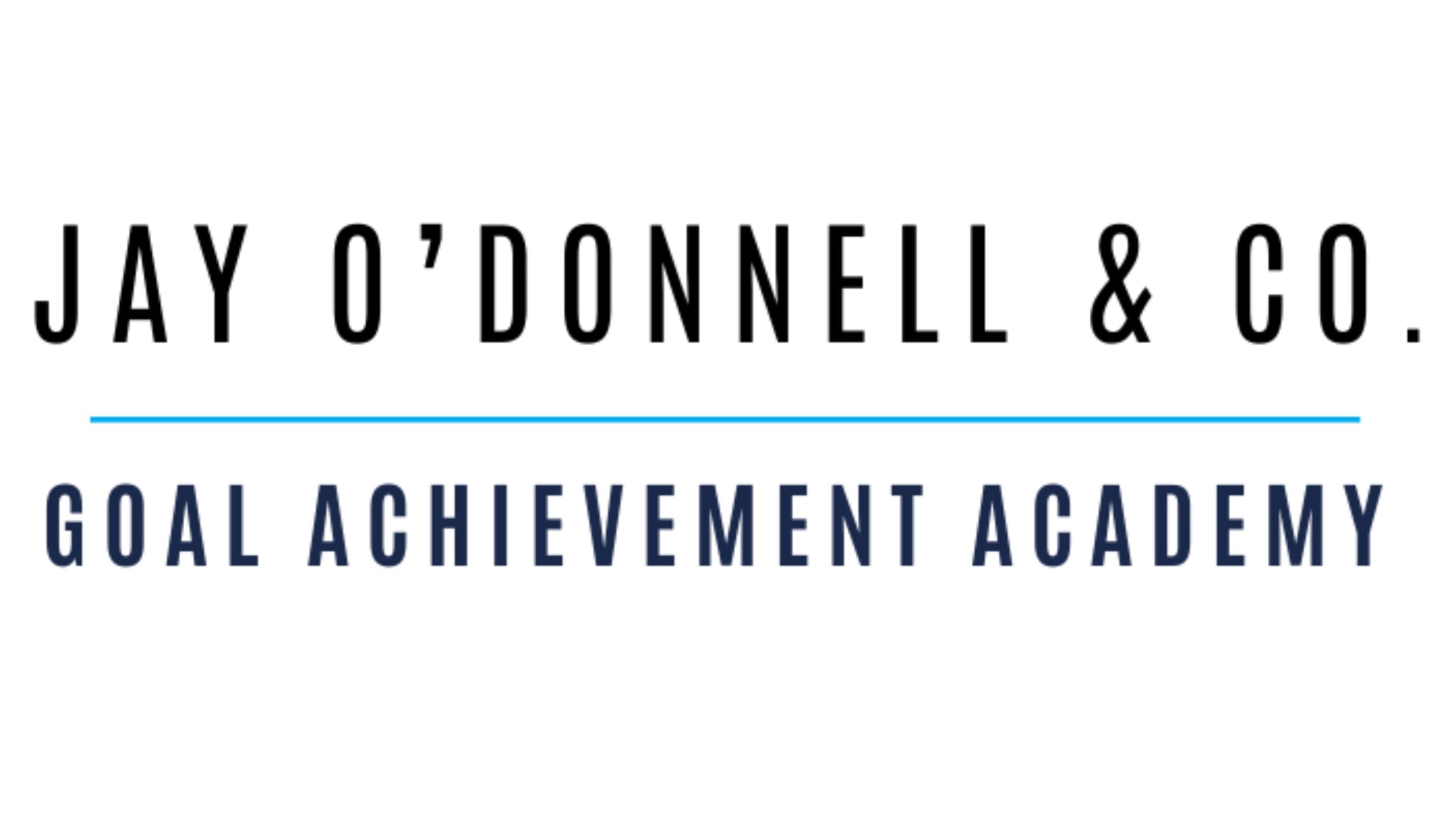There are a number of different ways to go about the process of setting (and achieving) short, medium, and long-term goals. And quarterly goals are one of the more popular options.
The cool thing about quarterly goals is that they give you a fantastic medium-term context for planning and writing out the things you want to achieve.
Since quarters happen in 3-month intervals, they give you enough time to make meaningful, observable progress (even on bigger goals) without being set so far into the future that they feel unattainable.
In fact, there are many popular goal-setting systems that utilize the quarterly system to facilitate effective goal setting.
With all of that being said—understanding the full picture of not only how to set quarterly goals, but also why they work to begin with is important.
And in this post, we’re going to break it all down for you.
First, we’re going to talk about why quarterly goals work so well. Then, we’re going to talk about how to set them effectively for goal-setting success.
Let’s dive into it.
5 Reasons For Why Quarterly Goals Work

1. They Give You A Realistic Timeframe To Start From
Whenever you set goals for yourself, it’s important that those goals be time-bound. In other words, goals always need a deadline.
And quarterly goals work really well for medium-term goal setting because they give you enough time to make meaningful progress toward your goals without having them feel like they’ll take forever.
This gives you a realistic, real-world timeframe that’ll work for almost any type of goal.
2. They Help You To Stay Engaged
Since quarterly timeframes cycle every three months, they help to keep you engaged and on top of your game.
Yearly goals, for example, can feel like they take forever—and some people struggle to keep their heads in the game for that long.
3. There Are Some Amazing Quarterly Goal-Setting Systems

Two of our favorite goal-setting systems, the Full Focus Planner and the Self Journal, both use the quarterly system for creating, tracking, and achieving goals.
But there’s also a reason for why these prestigious and successful planner systems utilize quarterly goals as the foundation for their system.
Because they work.
4. They Help To Turn Short-Term Progress Into Long-Term Achievement
Setting daily and/or weekly goals would be an example of setting a short-term goal.
Setting monthly and/or quarterly goals would tend to qualify as a medium-term goal.
And setting goals a year or more in advance would qualify as setting a long-term goal.
But here’s one of the big secrets to successful goal setting.
The best way to turn your dreams into goals, write those goals down, and succeed at them is to set SMART long-term goals that resonate with your life passions and purpose, and then to break those goals down into smaller, simpler, more achievable steps to create a literal roadmap to success.
And quarterly goals are perfect for this.
For example—if you have a goal that’ll take you a year to complete, then breaking that goal down into four quarterly milestones is the perfect way to stick with it, stay engaged, and make it more achievable.
5. They Allow For Accountability In Shorter, More Manageable Doses
Accountability is a core fundamental component of successful goal setting and achievement.
When you have a friend, loved one, mentor, or trusted colleague to help hold you accountable for your goals, you’ll be that much more likely to achieve them.
However, finding an accountability partner who will also stay engaged can be a journey all its own—and quarterly goals give you the power to cycle through accountability partners every three months as well.
This can help you to avoid ‘burning out’ your accountability partners—which is obviously beneficial if you want to keep them around and not wear them out with your long-term goal-setting habits!
How Do You Write Quarterly Goals?

Alright. Now that we’ve gone over some reasons for why quarterly goals are so useful, let’s talk about how to set them.
What Is A Quarterly Plan?
A quarterly plan is basically a goal with a three-month timeframe.
This goal could be a stepping stone or mile-marker in a longer-term goal (for example, a yearly goal). Or, it could be a standalone three-month goal that you’ll plan to conclude after three months of work and effort (assuming you achieve it as planned).
How Do I Make A Quarterly Plan?
1. Identify The Outcome
Before setting any goal or making any plan, it’s important to identify what you want the outcome to be.
What would define success for this goal?
It’s important to make the goal as specific as possible. This is the first step in setting a SMART goal.
2. Identify The Overarching Timeframe And Where This Goal Fits Into Your Plan
Is this quarterly goal going to be a smaller part of a larger goal? Or, is it going to be a standalone quarterly goal that you’ll achieve within the specified three-month timeframe?
Regardless of which is true, having clarity on how this goal will fit into your life (and/or into the plan for any larger overarching goal) will be important as you make plans and strive to accomplish your objective.
3. Make The Goal Measurable
Finding a way to make the goal measurable is another important element of setting SMART goals.
If you can’t measure the goal, then you’re going to struggle to keep up with tracking it—and this can lead to mental/emotional burnout. Or, even worse, you may not be able to understand whether you are or aren’t actually on track to accomplishing it.
4. Make The Goal Achievable
If you set your goal so that it’s too difficult, then you’re more likely to get discouraged and burn out.
It’s important that you set challenging, ambitious goals for yourself.
But it’s also important that those goals be achievable.
When you achieve goals and check them off of your list, your brain rewards you for the effort—which feels good and makes you more likely to want to set and achieve more goals in the future.
5. Make The Goal Relevant
This is another reason for why it’s important to identify how this goal fits into the rest of your plans.
If you set goals that aren’t relevant to your dreams, then you’re probably going to struggle to stay motivated.
On the other hand, if you set goals that are highly relevant and important to the process of creating the life you truly desire—well, those goals will be a lot easier to motivate yourself for.
6. Set A Deadline
Making your goal time-bound is really the final piece of the SMART goal-setting system.
A goal without a deadline is highly unlikely to get done within any reasonable amount of time—whereas a goal with a deadline will spur you to urgency and push you to get it accomplished.
Of course, with a quarterly goal, you’ll be working with a three-month deadline—so you’ll want to make sure that you set an achievable goal that also challenges you according to that timeframe.
Note: You can (and should) also break quarterly goals down into smaller monthly and weekly milestones. Then, you can break those milestones down even further into daily habits.
When you master this level of task management, you’ll really unlock the next level of goal-setting success for yourself.
Conclusion
Hopefully, this post has shown you a detailed explanation of how quarterly goals work, and how to set them.
Of course, at the end of the day, quarterly goals are just another part of the larger, overarching process of turning your dreams into goals, and writing those goals down to create a roadmap for success in your life.
Have you started setting your own life goals yet?
There are many different goal setting and goal achievement systems to use—and we’ve written about some of our favorite ones on our resources page.
But at the end of the day, the system that you choose is never as important as just deciding to get started.
This is how you begin your journey to success and crush it.
Need some help? Download my weekly goal-setting sheet, print out a few, and give it a try.
You can also sign up for my email list to get my free Goal-Setting Essentials Starter Kit.
You’ve got this. I believe in you.
Now it’s time to get to work.
Best wishes…
Jay O’Donnell

